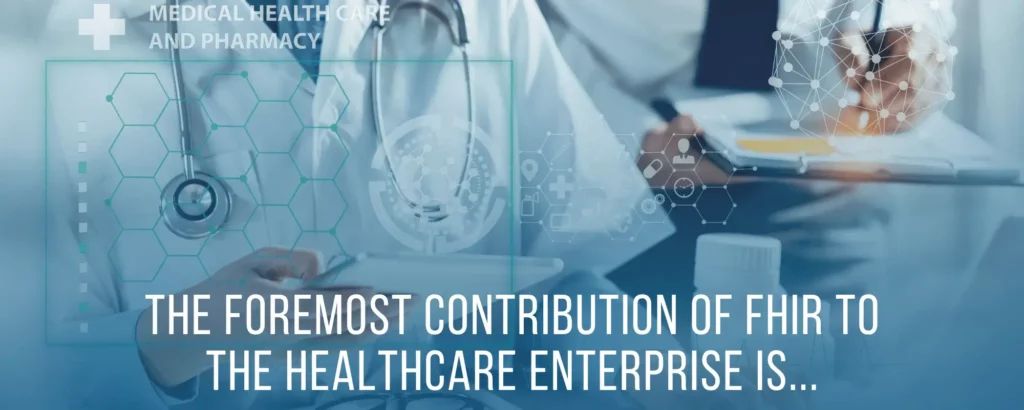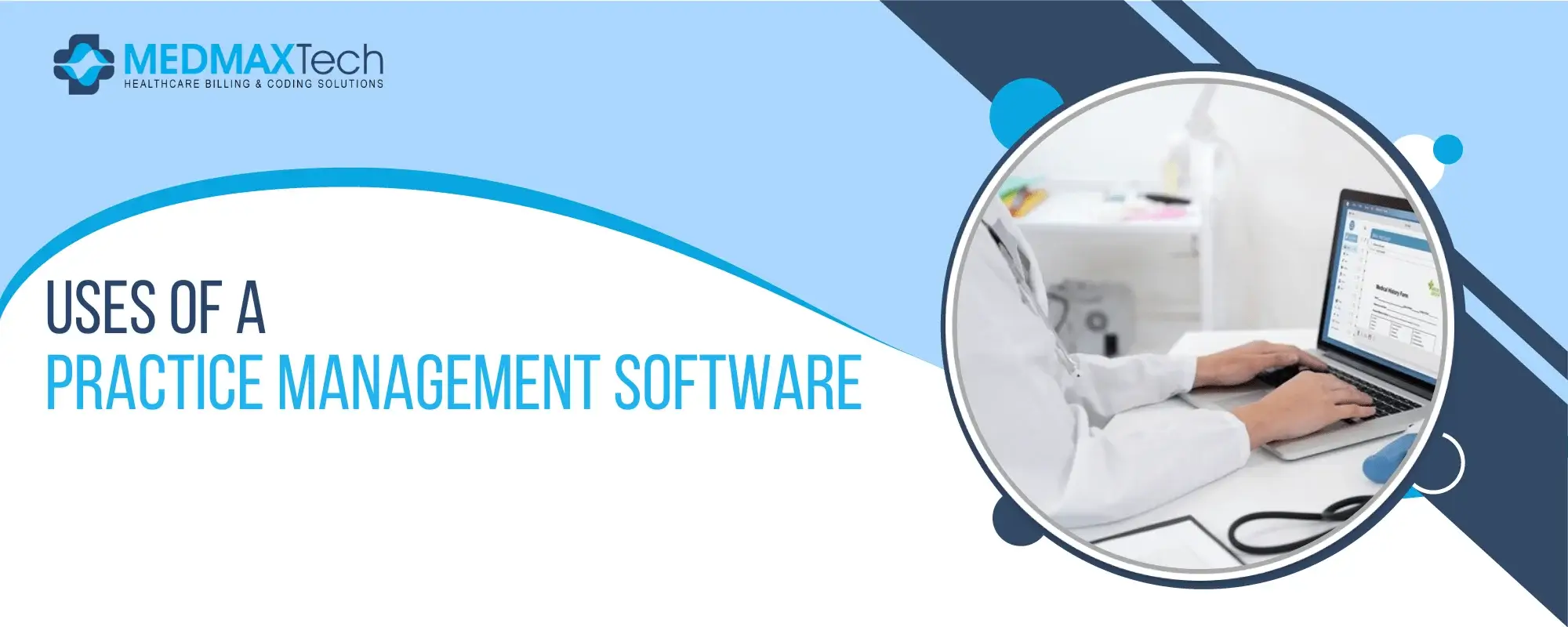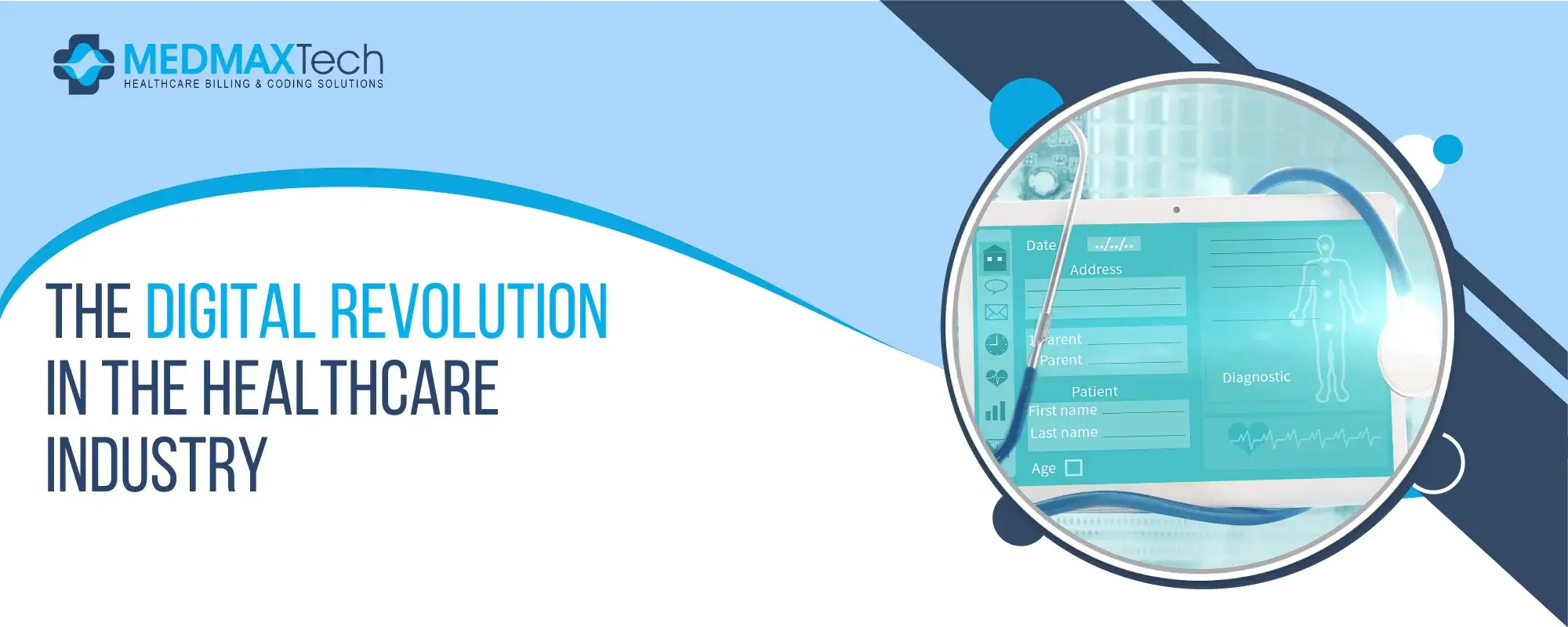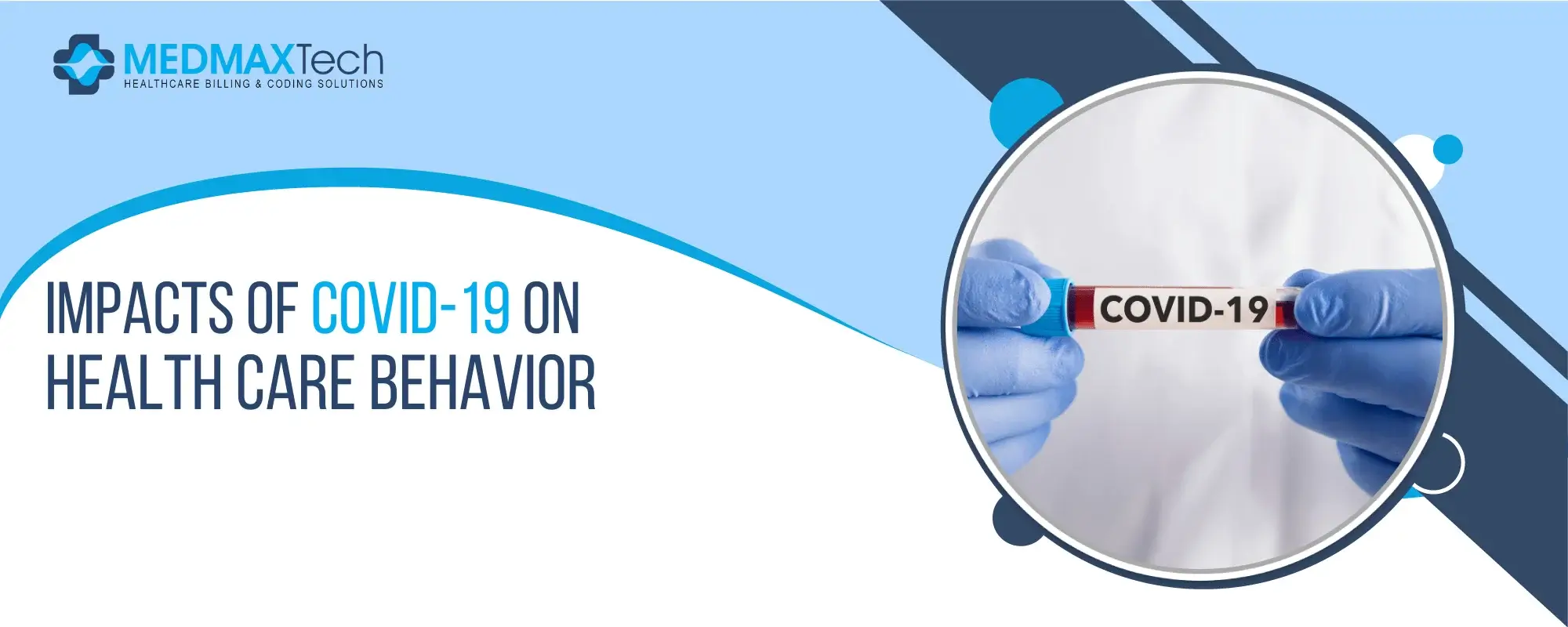
What Is FHIR In Healthcare Industry?
FHIR stands for Fast Healthcare Interoperability Resources. Created through HL7, it creates a data exchange standard for numerous medical software programs. Providing stable data exchange within the case of EMR, Diagnostic Data, PHI, and more significantly, is the most famous and preferred exchange for a few applications and software programs used within the medical field.
FHIR is ideal as it combines the capabilities of HL7 with the latest internet requirements. Increased interoperability within the healthcare system is the foremost benefit, i.e., new data may be exchanged more securely among phone apps, digital fitness information, on healthcare machine’s servers, and many different places. The number one purpose of FHIR is to standardize and simplify the approach through which healthcare records were exchanged before.
Now, through its use, healthcare managers, service providers, and purchasers may be capable of sharing information in a trouble-free way through any software program. Cost-effective care is a primary gain derived from the usage of FHIR. FHIR uses Application Programming Interfaces (APIs) to simplify the machine integration module. It achieves a rapid, smooth, and better way to transmit ever-growing medical records with inside the market.
The Foremost Contribution Of FHIR To The Healthcare Enterprise Is...
Furthermore, those being treated for severely disabling behavioral health problems in the public system often require extra services, such as rehabilitation and support programmes, job training, literacy education, and other types of assistance.
As a result, healthcare providers spend more time and resources coordinating patient care, which could be better spent elsewhere. This is why it is critical for mental health practitioners to seek out streamlined billing solutions that can assist them in streamlining all patient-care processes, including coordination with other service providers.
- Easy implementation
- Lower bar for the access of builders
- Free to use
- Out-of-field interoperability
- Flexible because of the ability of edition in base resources Strong basis in Web Standards
How Does It Benefit Healthcare Systems?
The most crucial gain of FHIR with inside the healthcare enterprise is that it’ll assist the payers immensely. Due to the most up-to-date standard for data exchange, FHIR will permit the modification of the implementers leading to extensibility without violating the middle requirements. And there may be no trouble in the course of the actual exchange. Let’s have a look at the foremost advantages that the healthcare sector can derive from FHIR.
1. Holistic Patient Experience
FHIR is empowering patients. Due to excessive simplicity with inside the implementation and integration of this protocol through an extensive selection of packages and software programs, patients can have control over their statistics and how they may share them with the healthcare provider. This will grow their faith within the enterprise and permit them to make suitable selections about their treatment.
2. Automated Data Structure Facility
Automated data structuring performs a primary role when clinical aid is requested for providers and specialists within the healthcare enterprise. A value-based method is observed during the exchange of records among the service providers and clients. With FHIR, higher care control may be facilitated, and holistic plus a direct patient experience will cause financial savings on each end.
3. Improvement In Clinical Treatment
When healthcare providers can have smooth entry to EMR and patient-related data, it’ll cause higher situations in treatment and enhance the system’s performance. Patient records are the backbone of suitable treatment withinside the healthcare enterprise.
Especially in the studies and analysis of the reports, preceding medical information and treatment records perform a primary role. With the implementation of the FHIR and the relaxation of the web services, records sharing requirements will permit the secure and smooth exchange of records so one can cause performance and rapid records sharing.
4. Enhancement In Data Management
Real-time information may be available, leading to advanced records control. Data accuracy may be increased. Since, in real-time, records are derived from more than one source throughout the globe from numerous platforms, structures, and software programs, it’ll upload as much as a significant volume. Management of these records would require fast access to and exchange throughout facilities. That’s the core gain of FHIR.
6. Easy Third-Party Integration
Each healthcare provider needs a separate machine for their organization. They use a few third-party software programs to keep up with their cost-effectiveness. The quality issue with FHIR is that it works properly with third-party apps and software programs and offers smooth integration. So there may be no need for special software programs or structures. It works properly with any form of software program.
7. Patient Benefits
FHIR is ideal for patients because it will permit them to tune their scientific information using any recommended healthcare app or software program. They get a clear-cut photo in their clinical records. For example, Apple’s Health app for iOS pulls the statistics of the patient from numerous EHRs and different fitness companies using FHIR. Now, the patient can look at their records and phone use and feature a full photo of the stats.
Conclusion
FHIR is the future of records interchange within the healthcare sector, and searching for numerous advantages for each machine provider and consumer (patients), we can say that the future is ideal. It will provide a lift to the healthcare machine and could assist in creating a holistic surroundings wherein better offerings are provided with secure and stable records exchange. For additional inquiries, feel free to contact our practice, Med Max










